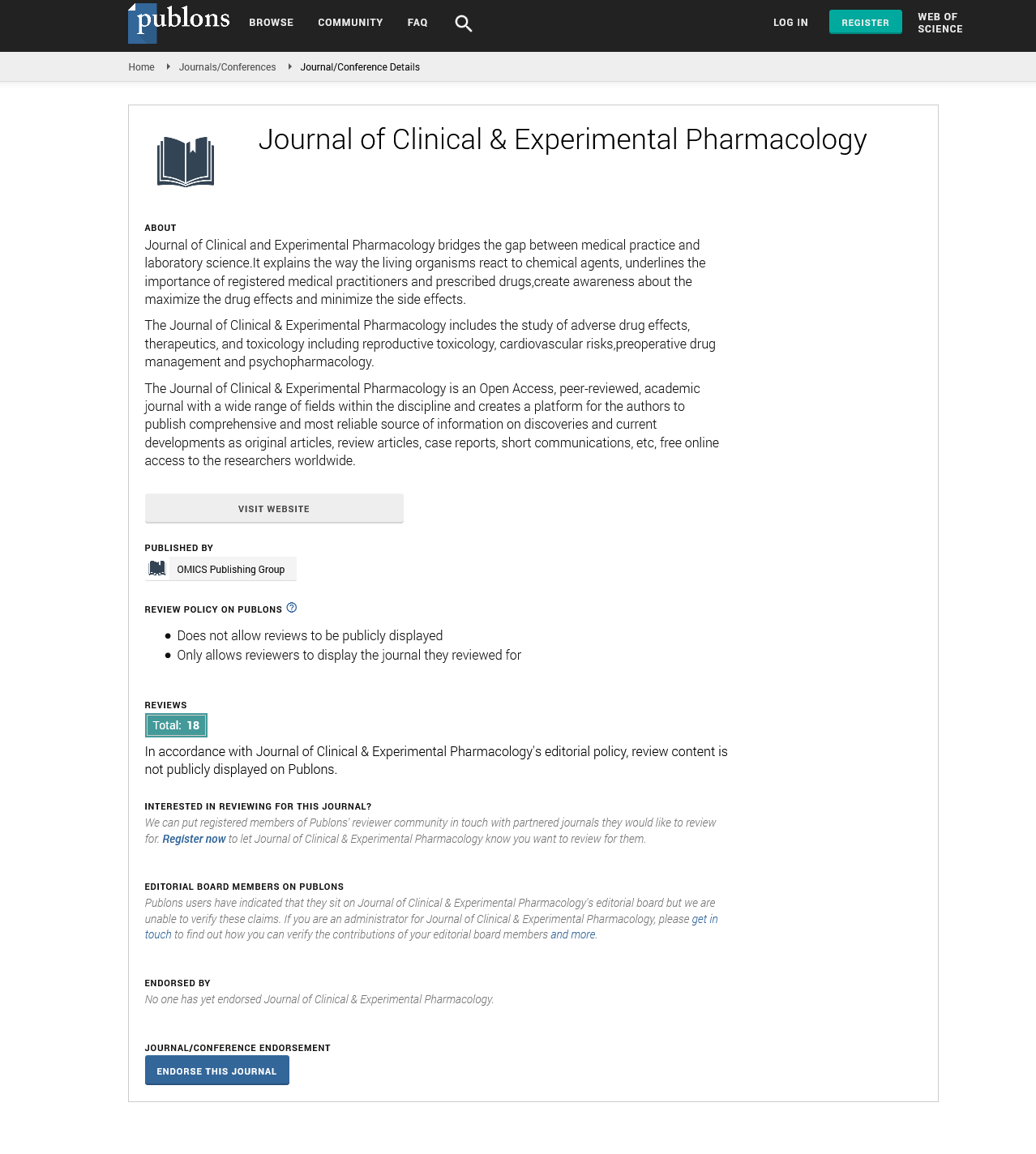Indexed In
- Open J Gate
- Genamics JournalSeek
- China National Knowledge Infrastructure (CNKI)
- Ulrich's Periodicals Directory
- RefSeek
- Hamdard University
- EBSCO A-Z
- OCLC- WorldCat
- Publons
- Google Scholar
Useful Links
Share This Page
Journal Flyer

Open Access Journals
- Agri and Aquaculture
- Biochemistry
- Bioinformatics & Systems Biology
- Business & Management
- Chemistry
- Clinical Sciences
- Engineering
- Food & Nutrition
- General Science
- Genetics & Molecular Biology
- Immunology & Microbiology
- Medical Sciences
- Neuroscience & Psychology
- Nursing & Health Care
- Pharmaceutical Sciences
Perspective - (2021) Volume 11, Issue 7
An Overview on Caffeine
Zenebe Negeri*Received: 01-Dec-2021 Published: 22-Dec-2021
Description
Caffeine belongs to the methylxanthine class of central nervous system stimulants. It is the most extensively used psychoactive substance on the planet. It is lawful and uncontrolled in almost all places of the world, unlike many other psychoactive drugs. Caffeine has a number of recognized mechanisms of action that may be used to explain its effects. The most notable benefit is that it reversibly inhibits adenosine's activity on receptors, preventing the development of sleepiness caused by adenosine. Caffeine also activates the autonomic nervous system in several ways.
Caffeine is a methylxanthine alkaloid that is chemically connected to the adenine and guanine bases of Deoxyribonucleic Acid (DNA) and Ribonucleic Acid (RNA), respectively. It can be found in the seeds, fruits, nuts, or leaves of a variety of plants native to Africa, East Asia, and South America, and helps to protect them from herbivores and competition by preventing nearby seeds from germinating, as well as encouraging consumption by certain animals like honey bees.
The coffee bean, most extensively used which is the seed of the coffee plant, is the most well-known source of caffeine. Caffeinecontaining drinks can be consumed to alleviate or prevent sleepiness and boost cognitive performance. Caffeine is extracted from the plant product by steeping it in water, a process known as infusion. Caffeine containing beverages, such as coffee, tea, and cola, are consumed in large quantities across the world. Nearly 10 million tons of coffee beans will be used globally by 2020.
Caffeine has both beneficial and harmful health consequences. It can be used to treat and prevent premature newborn respiratory issues like as bronchopulmonary dysplasia and apnea. The WHO Model List of Essential Medicines includes caffeine citrate. It may have a minor preventive effect against some disorders, such as Parkinson's disease. Caffeine consumption can cause sleep disruption or anxiety in some people, although it has no effect on others. Although there is no conclusive evidence of a danger during pregnancy, several authorities advise pregnant women to limit their caffeine intake to the equivalent of two cups of coffee per day or less.
Caffeine can cause a minor type of drug dependency, which is accompanied by withdrawal symptoms such as tiredness, headaches, and irritability, when a person stops taking it on a daily basis. Chronic usage leads to tolerance to the autonomic effects of increased blood pressure and preventive effect against some disorders heart rate, as well as increased urine production (i.e., these symptoms become less pronounced or do not occur following consistent use).
Caffeine is rated as generally regarded as safe by the US Food and Drug Administration. Toxic levels for an adult of over 10 grams per day are substantially greater than the normal intake of fewer than 500 mg per day. According to the European Food Safety Authority, non-pregnant individuals can consume up to 400 mg of caffeine per day (about 5.7 mg/kg of body mass per day), while pregnant and lactating women can consume up to 200 mg per day without harming the foetus or breast-fed babies.
Citation: Negeri Z (2021) An Overview on Caffeine. J Clin Exp Pharmacol. 11:289.
Copyright: © 2021 Negeri Z. This is an open-access article distributed under the terms of the Creative Commons Attribution License, which permits unrestricted use, distribution, and reproduction in any medium, provided the original author and source are credited.

